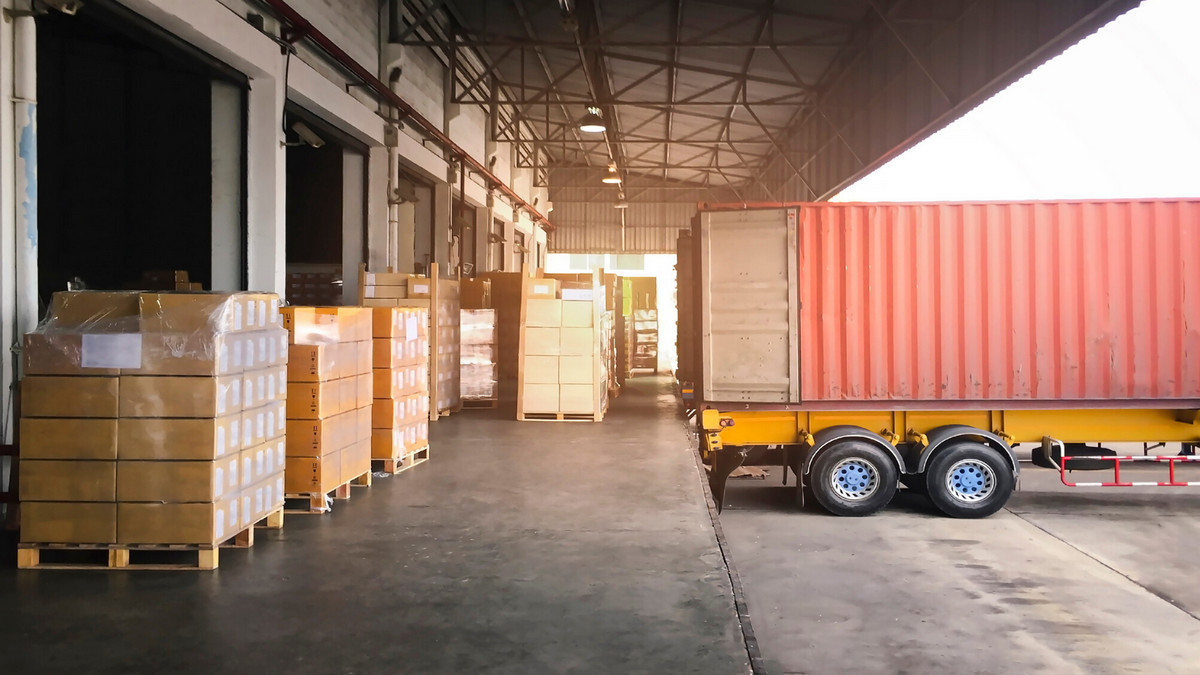Vacuum Packaging Machines: Improving Packaging Technology
Historical Development
The concept of vacuum packaging originated in the mid-20th century as industries sought ways to improve food preservation. By reducing oxygen levels, vacuum packaging minimizes the growth of bacteria and mold. Vacuum-sealed packages protect contents from moisture, contaminants, and physical damage. Efficient packaging reduces the volume of materials needed and extends product usability.
Early vacuum packaging methods relied on manual processes and rudimentary sealing techniques. The first commercially viable vacuum packaging machines emerged in the 1960s, primarily designed for the food industry. These machines were bulky and required substantial maintenance, but they laid the foundation for future innovations.
Over time, advancements in materials, automation, and sealing techniques have made vacuum packaging machines indispensable for both industrial and household use. The introduction of automated systems in the 1980s allowed manufacturers to scale production while maintaining consistency and efficiency.
How They Work
Vacuum packaging machines operate on a straightforward yet highly effective principle: removing air from the package and sealing it to create a vacuum. The key components of a vacuum packaging machine include:
1. Vacuum Chamber: Houses the product and facilitates air removal.
2. Vacuum Pump: Extracts air from the chamber.
3. Sealing Mechanism: Heat seals the packaging material to maintain the vacuum.
4. Gas Flushing: In some models, inert gases like nitrogen are introduced to prevent product oxidation.
5. Automated Controls: Advanced machines feature sensors and software to regulate vacuum levels, sealing temperature, and cycle times, ensuring consistent results.
The process begins with placing the product inside a vacuum bag or container, followed by inserting it into the machine's chamber. Once the lid is closed, the vacuum pump removes air, and the sealing mechanism secures the package. Advanced models can also introduce an inert gas like nitrogen to replace the removed air, a technique commonly used for delicate products like chips or pharmaceuticals.
Types of Vacuum Packaging Machines
There are several types of vacuum packaging machines tailored to specific applications:
1. Chamber Vacuum Machines: Ideal for bulk packaging and high-volume operations, these machines feature a chamber where the entire bag or container is placed.
2. External Vacuum Sealers: Designed for smaller-scale operations, these machines extract air from the package without requiring a chamber.
3. Thermoforming Vacuum Packaging Machines: Used in automated settings, these machines form, fill, and seal packages in a continuous process.
4. Tray Sealing Machines: Specialize in sealing pre-formed trays and are commonly used in the food industry.
5. Vacuum Skin Packaging Machines: Create a skin-tight seal around the product, often used for showcasing fresh foods like meat or fish.
Manufacturing Capabilities
Taiwanese manufacturers excel in producing high-quality components such as vacuum pumps, sealing mechanisms, and control systems. Companies like JAW FENG Machinery Co., Ltd. specialize in single and double chamber models, as well as automatic belt-type machines. Promarks Vac Co., Ltd. offers a product line that includes chamber vacuum sealers and thermoforming machines, renowned for their durability and performance.
Taiwanese manufacturers are also known for customizing machines to meet specific client requirements, making them a preferred choice for businesses seeking reliable and adaptable packaging solutions. Taiwan is a leader in the vacuum packaging machine market.



.jpg)










.jpg)